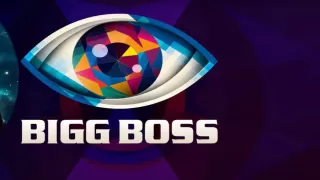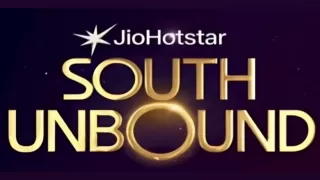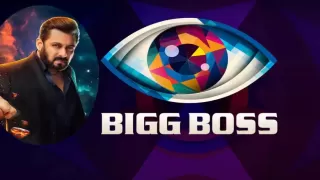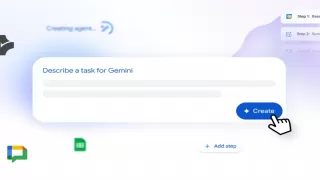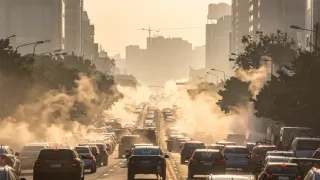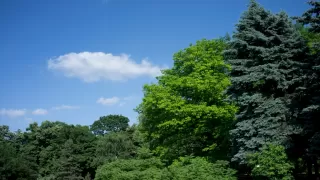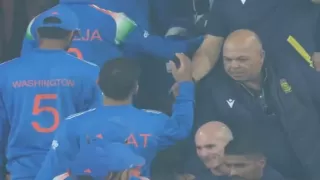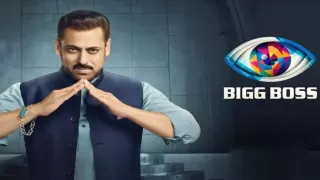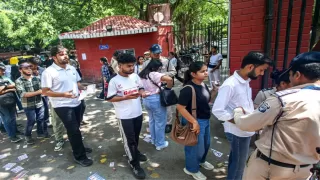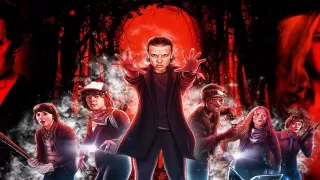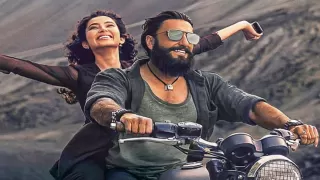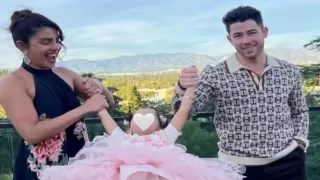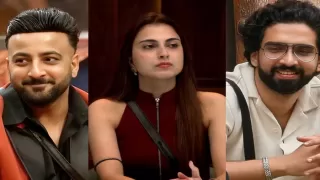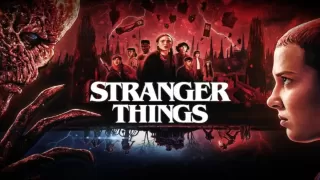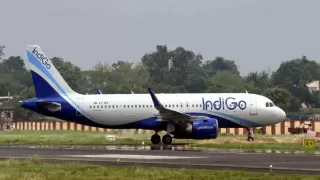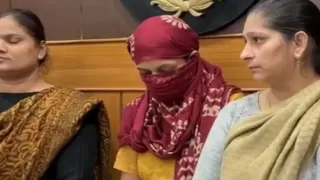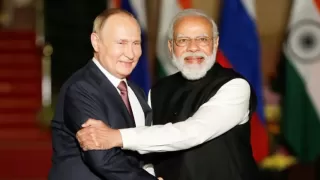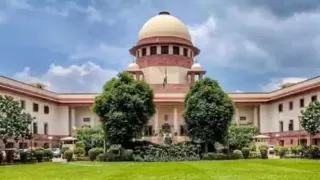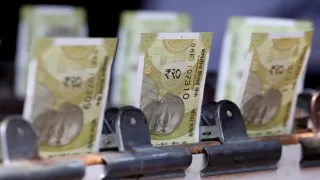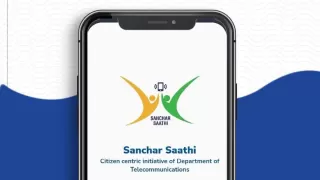OpenAI has taken a giant leap in democratizing AI-powered creativity by making its GPT-4o image generation feature available to all ChatGPT users, including those on the free tier. This expansion marks a significant milestone in the accessibility of high-quality AI-generated visuals, empowering millions to explore the boundaries of digital art.
However, there’s a tradeoff—free users will face strict limitations, including a daily cap of three image generations and a cooldown period between consecutive requests. Despite these restrictions, this move signals OpenAI’s commitment to bringing AI-generated visuals to the masses while maintaining system stability.
OpenAI Breaks Records: 1 Million Users in 1 Hour
The announcement by OpenAI CEO Sam Altman on X (formerly Twitter), coincided with an unprecedented surge in user registrations. Over one million users signed up for ChatGPT in a single hour, shattering previous growth records. To put this in perspective, it took OpenAI five days to reach one million users when the chatbot first launched in 2022—a testament to the explosive demand for AI-generated content.

Image Source: Twitter
One of the driving forces behind this mass adoption is the viral Ghibli-style trend. Users worldwide have been leveraging ChatGPT’s image generation to recreate their photos in the signature aesthetic of Studio Ghibli, the legendary Japanese animation studio behind classics like Spirited Away, My Neighbor Totoro, and Princess Mononoke.
The trend has dominated social media, with users flooding platforms like X, Reddit, and Instagram with their AI-generated Ghibli-style portraits. The demand skyrocketed so quickly that OpenAI had to temporarily limit image generation even for paid subscribers. Altman humorously admitted, 'Our GPUs are melting.'
AI Image Upgrades: New Features & Safety Measures
Alongside artistic experimentation, OpenAI has introduced several enhancements to improve the quality, usability, and security of AI-generated images:
- Refined text rendering – AI-generated images now include clearer, more accurate text.
- Prompt-based inline editing – Users can modify generated images with real-time refinements.
- Style transformation – Upload an image and have AI remix it into various artistic styles.
- Content safety filters – OpenAI has implemented strict safeguards to block requests for harmful content, including child sexual abuse material (CSAM), nonconsensual deepfake pornography, and violent or extremist content.
Furthermore, every AI-generated image now includes metadata with Coalition for Content Provenance and Authenticity (C2PA) standards, ensuring transparency and mitigating the risks of AI-generated misinformation and deepfakes.
OpenAI vs. Meta

Image Source: Twitter
OpenAI’s aggressive push toward greater accessibility contrasts sharply with Meta’s recent decision to restrict access to its Llama AI models for companies with over 700 million monthly active users. Altman didn’t hold back in his response, stating,
'We will not do anything silly like saying that you can't use our open model if your service has more than 700 million monthly active users.'
This statement reflects growing tensions in the AI industry as tech giants compete to shape the future of open-source vs. proprietary AI models.
With this latest expansion, AI-generated art is no longer exclusive to professionals or paid users—it’s now in the hands of anyone with a curiosity for digital creativity. However, the strict usage caps for free users indicate that OpenAI is still fine-tuning system efficiency before potentially increasing access further.
As AI-generated imagery becomes more sophisticated, we can expect greater personalization, realism, and real-world applications—from marketing and design to education and entertainment.
OpenAI’s decision to extend GPT-4o-powered image generation to free users marks a pivotal moment in the evolution of AI creativity. While rate limits remain, this update opens new doors for millions, fostering innovation and artistic exploration like never before.
With social media ablaze with AI-generated Ghibli-style portraits and record-breaking user signups, one thing is clear—the future of AI-driven creativity has arrived.
What will you create next?
Also Read: NTPC Goods Train Collision: 2 Dead, 4 Injured in Barhet Crash





